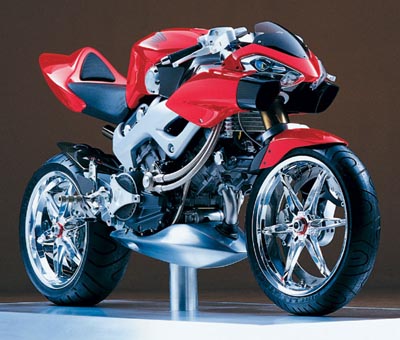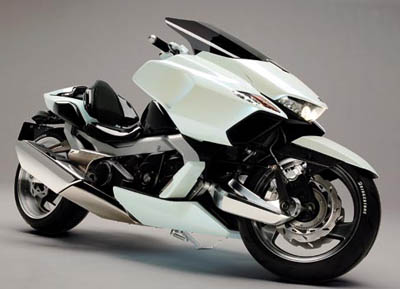Honda NAS

Like Facebook Design started on the Honda NAS motorbike concept in 1999 at Honda's research and development department in America. NAS, standing for New American Sports, was intended to push the boundarys of sports bike design for the American market. Designers of the NAS realised that the overwhelming majority of sportsbikes had been initially designed and engineered for the track, Honda bikes included, their intention was to try and offer another option, a sports bike built for the road. The NAS Designers also wanted to create a machine with more personality which would be easier to make a bond with, a mischievous face can definitely be made out hiding in the headlight fairing. However the NAS was not all about form, some of the most ingenious engineering solutions in the motorcycle market were seen on the NAS. For example the unique mono-arm suspension is constructed of carbon fibre and aluminum, with the damper and spring neatly enclosed within a massive steering head




